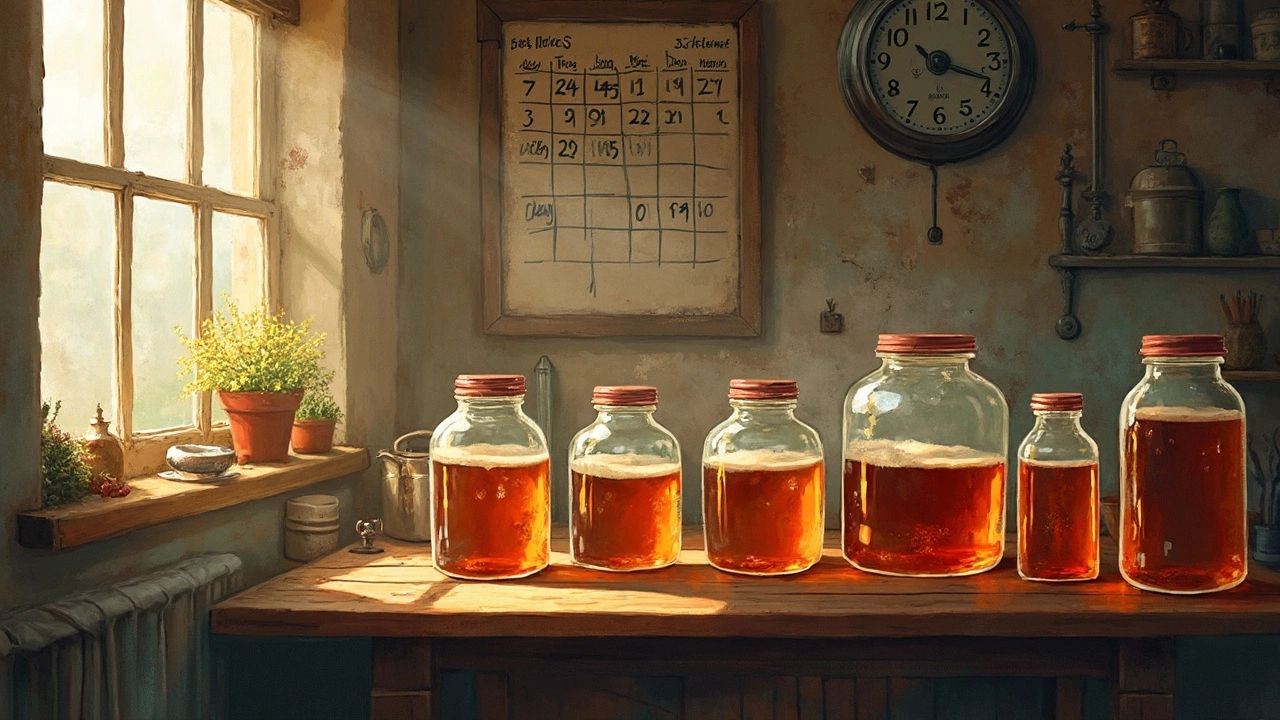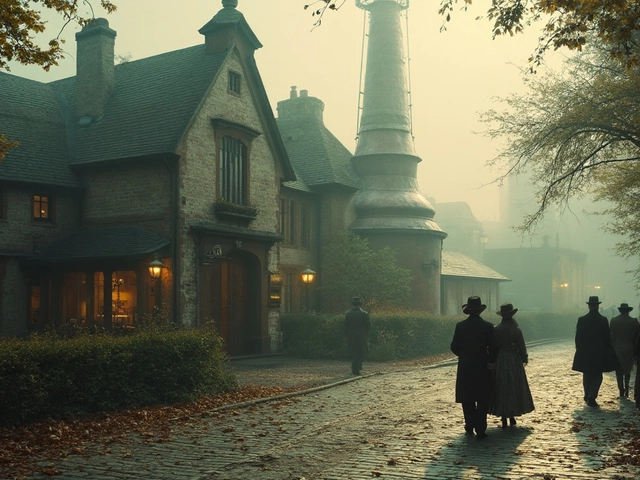Fermentation Time: What Every Wine Lover Should Know
If you’ve ever wondered why some wines taste brighter while others feel richer, the answer often lies in how long they fermented. Fermentation isn’t just a random waiting period – it’s a controlled stage that shapes flavor, aroma, and texture. In this guide we’ll break down the basics, show you what affects the clock, and give you handy tips to judge if your wine is on track.
Typical Fermentation Durations for Common Styles
Red wines usually need a longer primary fermentation than whites. Most reds finish in 7‑10 days, while many whites wrap up in 5‑7 days. Sparkling wines often undergo a secondary fermentation in the bottle, which can add weeks or months. Dessert wines sometimes sit on their lees for months to develop complexity. These are good starting points, but remember each batch can differ.
Key Factors That Speed Up or Slow Down Fermentation
Temperature. Warm rooms (22‑27 °C or 72‑80 °F) push yeast to work faster, cutting a week off the clock. Cooler spots (15‑18 °C or 59‑64 °F) make the process slower but can preserve delicate aromatics. Keep a thermometer handy and aim for the range the winemaker notes recommend.
Yeast strain. Some commercial yeasts are bred for rapid fermentation, while wild yeasts may take longer and produce unique flavors. If you’re trying a new strain, expect a different timeline than you’re used to.
Sugar level. Higher sugar means more food for the yeast, which can extend the active phase. Use a hydrometer to measure initial gravity; the higher the number, the longer you’ll likely be waiting.
Oxygen exposure. Too much oxygen can cause the yeast to stress and stall, prolonging the process. Keep lids sealed and use airlocks to let CO₂ escape without letting air in.
So, how do you know when fermentation is truly done? A simple way is to watch the activity in the airlock – once bubbles slow down dramatically, take a hydrometer reading. If the specific gravity matches the target final gravity (usually around 0.990‑1.000 for dry wines), the yeast has eaten most of the sugar and fermentation is complete.
Don’t rush the finish. Even after primary fermentation stops, many winemakers let the wine sit on its lees for a week or two. This secondary contact can smooth out harsh edges and add a creamy mouthfeel. For reds, a short malolactic fermentation (often 2‑4 weeks) can soften acidity and bring buttery notes.If you’re a home winer, track your dates. Note when you pitched the yeast, when the airlock slowed, and when you took your first stable hydrometer reading. A little record‑keeping helps you spot patterns – you’ll start to know whether a particular grape or yeast needs more time.
In short, there’s no one‑size‑fits‑all answer for fermentation time. Aim for the style guidelines, adjust for temperature, watch the yeast, and use a hydrometer as your final judge. With these basics you’ll be able to tell if your wine is on schedule or needs a bit more patience.
Ever wondered if letting your beer ferment longer makes a difference? Most home brewers have been there, pondering whether to crack open the fermenter early or wait a little longer. This article discusses the impact of extended fermentation on flavor and quality and whether the extra days make your home-brewed flavors more complex or just plain funky.
View Details

